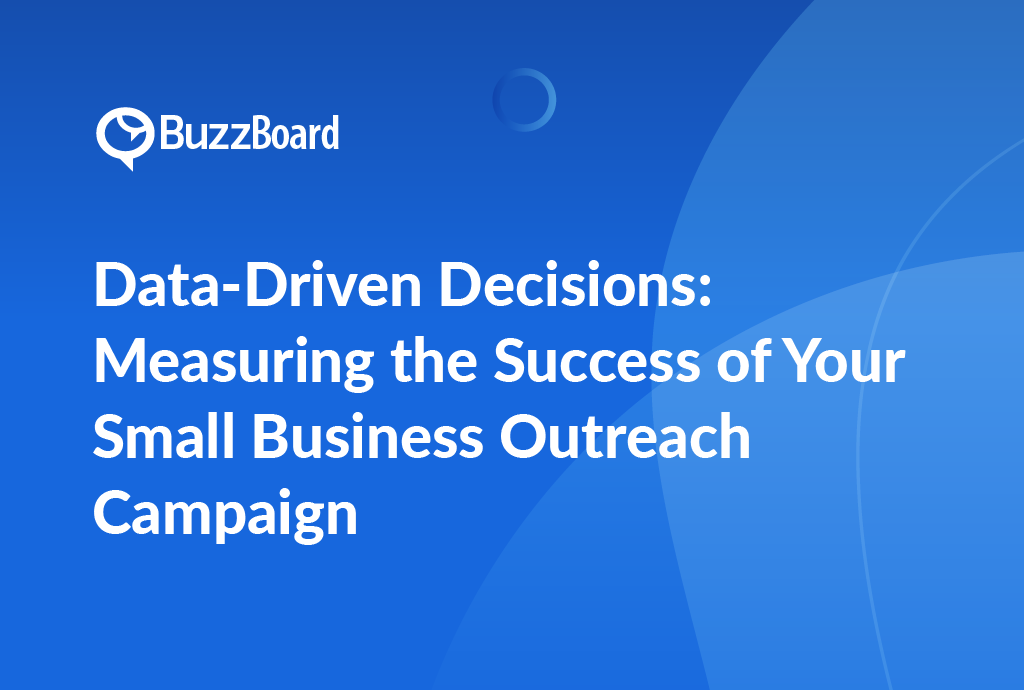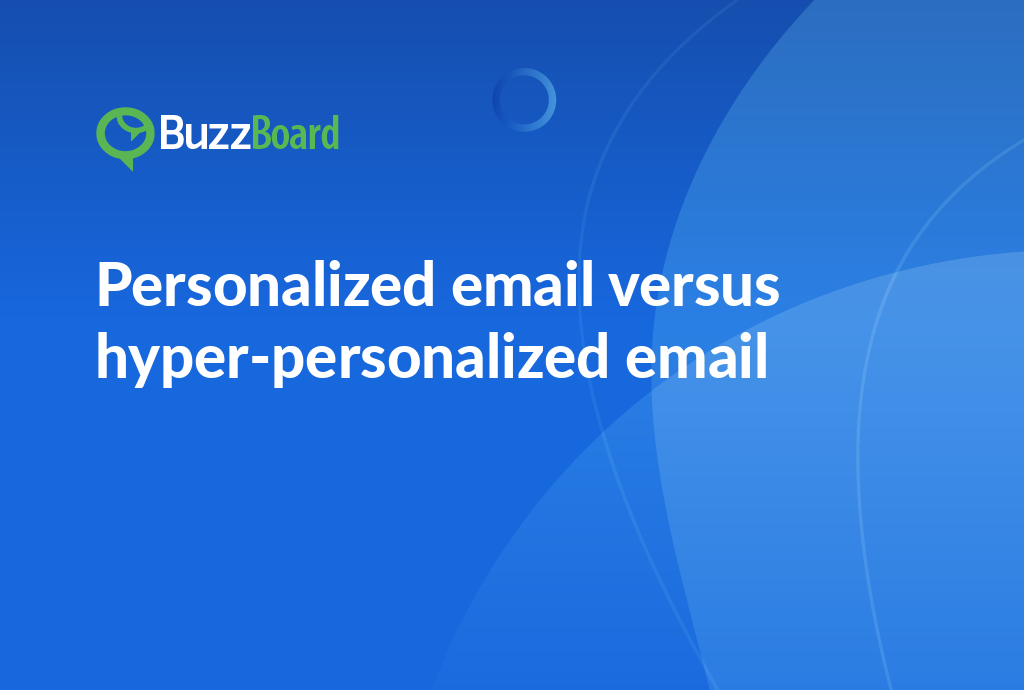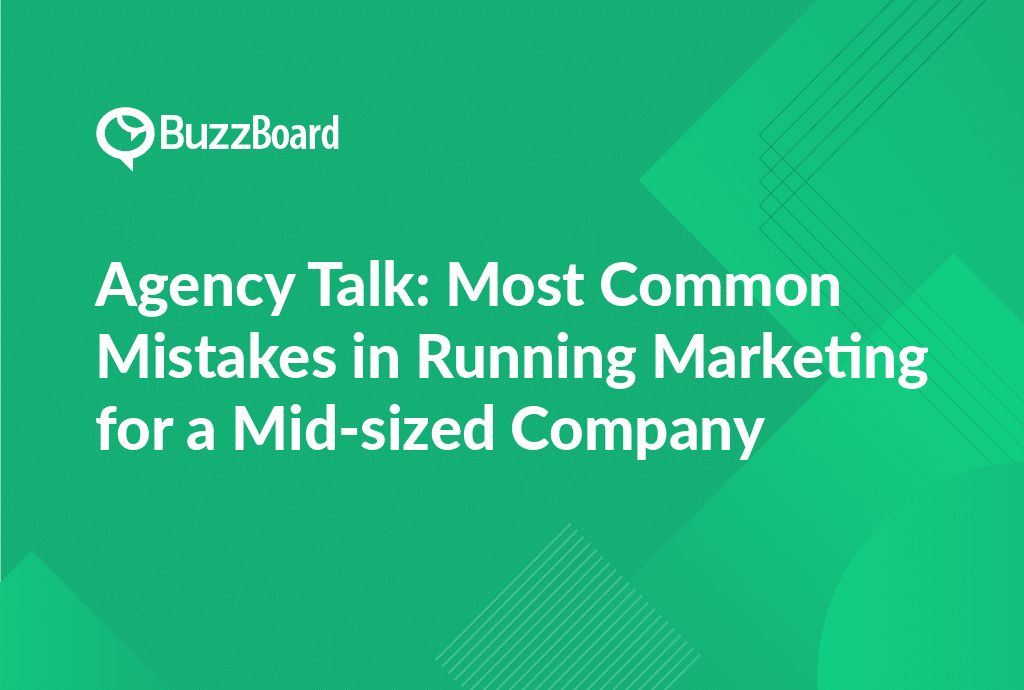Summary
As a digital marketing professional, it’s crucial to measure the effectiveness of your outreach campaigns to ensure you’re allocating your resources wisely. In this article, we’ll explore the importance of data-driven decisions and provide actionable tips on how to measure the success of your small business outreach campaign. From setting clear goals to tracking key performance indicators (KPIs), we’ll cover the essential steps to help you optimize your outreach strategy and drive real results for your business.
Introduction to Data-Driven Decisions in Marketing and Its Role in Small Business Outreach Campaigns
In the accelerated world of digital marketing, data-driven decisions are crucial, especially for small business outreach campaigns. Central to this process is accurately measuring the success of your outreach campaign. This task relies significantly on tracking numerous lead generation metrics including conversion rates, engagement metrics, and cost-per-lead.
These metrics aid in monitoring the return on investment (ROI) of your marketing initiatives, granting you the capacity to make informed decisions. Evaluating campaign reports, A/B testing results, and marketing analytics provide you with insights into what’s working and what isn’t. These evaluations allow marketers to refine their strategies for maximum impact.
Data visualization is another important component in data-driven decision making. It converts valuable insights into attainable information, making it simpler to comprehend and execute action upon. Making sense of marketing data is nearly impossible without a competent system of KPI tracking and performance analysis.
Data-driven decision making in marketing goes beyond mere numbers and stats. It involves using these figures to understand your present marketing performance, anticipate future trends, and make decisions that lead to success.
Using data effectively in your marketing efforts will not only boost efficiency and ROI but also provide a competitive edge by better understanding your customers’ needs and behaviors.
Remember that in the digital era, data is the new currency. Utilize it effectively to propel your small business outreach campaign to new levels.
Exploring Key Performance Indicators for Small Business Outreach Campaigns
In digital marketing, accurately measuring the success of your small business outreach campaign is crucial for improving your strategies and bolstering your company’s lead generation potential. Undoubtedly, identifying the right key performance indicators (KPIs) is central to successful performance analysis.
Prime KPIs, including lead generation metrics, conversion rates and engagement metrics, play an influential role in outreach campaigns. Lead generation and conversion rates provide a clear view of your audience’s interest in your products or services, aiding in the effective adjustment of outreach strategies. Conversely, engagement metrics offer insight into how the audience interacts with your campaign, paving the way for necessary modifications.
Enhancing the effectiveness of your outreach campaigns involves consideration of cost-per-lead and return on investment (ROI). The primary aim of any successful campaign should be to reduce the cost-per-lead and elevate ROI.
Small businesses can assess outreach efforts using campaign reports, A/B testing results and marketing analytics, helping identify areas for improvement and make data-rich decisions. Additionally, data visualization tools can help simplify understanding and presenting complex data.
Consistent KPI tracking is vital to ascertain the efficiency of current strategies, helping businesses attain their set goals.
Understanding the Importance of Lead Generation Metrics, Conversion Rates, and Engagement Metrics in Measuring Campaign Success
To effectively gauge the success of your small business outreach campaign, you must comprehend the significance of lead generation metrics, conversion rates, and engagement metrics. These potent analytic tools provide invaluable insights into your marketing strategies’ effectiveness, allowing you to optimize your return on investment (ROI) and decrease your cost-per-lead.
Lead generation metrics assist in discerning effective strategies to allure potential customers. Monitoring conversion rates via campaign reports verifies if these prospects are evolving into paying customers. Conversely, engagement metrics offer insights into the level of customer interaction with your brand.
It is equally vital to employ marketing analytics for performance evaluation. Through data visualization, you can depict data graphically for a clearer interpretation and decision-making process, while A/B testing results equate different iterations of your marketing campaigns for effectiveness.
Remember, KPI tracking should be central to your reporting and decision-making process. Frequently assessing your progress against your business objectives utilizing these metrics can significantly boost your marketing endeavors.
In conclusion, the application of lead generation metrics, conversion rates, and engagement metrics in assessing campaign achievement is paramount. They furnish invaluable insights for effective strategy development, assuring the capital you invest in your outreach campaigns render the best results.
Insight Into Using Marketing Analytics and A/B Testing Results for Performance Analysis and Data Visualization
Marketing analytics and A/B testing results are crucial to determine the effectiveness of your small business outreach campaign. One of the key metrics to monitor is conversion rates. As a salesperson at a digital marketing agency serving small and local businesses, you need to understand how many viewers of an ad or a landing page convert into leads or customers to assess performance successfully.
Also, engagement metrics play a crucial role in lead generation. Tracking interactions with your online content provides insights into your target market’s response to your efforts. For instance, if a blog post or email campaign draws many shares or comments, it indicates that your content is resonating with your audience.
Adding marketing analytics and A/B testing results in your strategy also help in understanding cost-per-lead, providing a valuable measure of how effective your campaign is at generating leads. Understanding the cost to generate each lead allows you to adjust your campaign to maximize ROI.
Campaign reports provide a wealth of data for review and evaluation, offering insights into KPI tracking and performance analysis. These reports, including data visualization, may help discern patterns and trends that can refine your future lead generation strategies.
Remember, the goal is not just driving traffic but securing that converts and reaps an impressive ROI. Start leveraging marketing analytics today to take your outreach campaigns a notch higher.
The Significance and Calculation of Return on Investment (ROI) and Cost-Per-Lead in Evaluating the Success of an Outreach Campaign
Sales professionals at digital marketing agencies must be well-versed in lead generation metrics and their integral role in ensuring the success of outreach campaigns for small businesses. Two critical benchmarks for measuring this success include return on investment (ROI) and cost-per-lead.
ROI serves as a key performance indicator (KPI) evaluating the efficiency and profit derived from an investment. By leveraging marketing analytics, you can calculate the profit percentage relative to the investment amount. In essence, a high ROI signals that the advantages gleaned from a campaign outweigh its costs.
Alternatively, cost-per-lead assists in monitoring the cost-effectiveness of your marketing endeavors in generating leads. This pivotal metric helps determine lead value and confirms whether your campaign aligns with your total marketing expenditure.
To calculate these metrics accurately, thoroughly analyze your campaign reports. Pay close attention to conversion rates and engagement metrics, bolstered by results from A/B testing. Data visualization can simplify complex data, making your performance analysis more streamlined.
In summary, ROI and cost-per-lead are essential metrics for evaluating the accomplishment of your small business outreach campaign. To deepen your understanding, consider reading our in-depth guide on effectively utilizing these metrics.
Arm yourself with the necessary skills to assess the impact and prosperity of your outreach campaigns by enrolling in our comprehensive course on marketing analytics.








